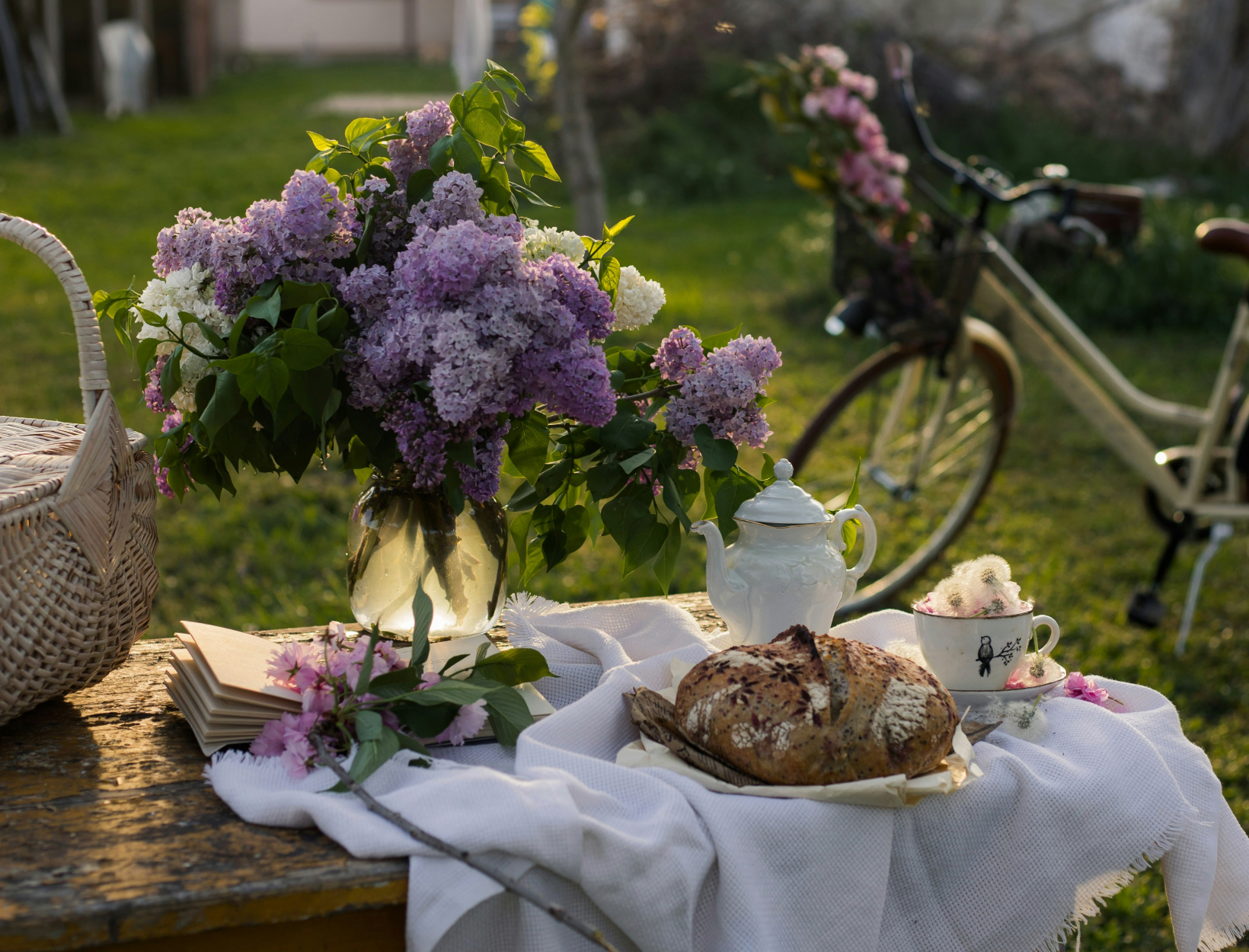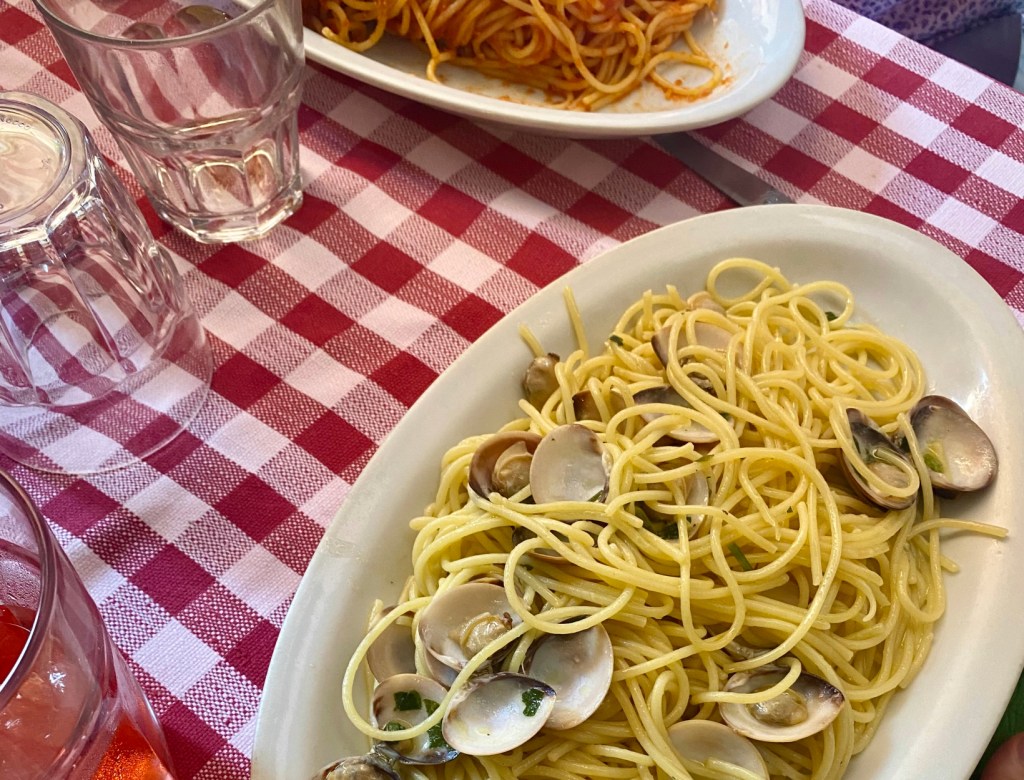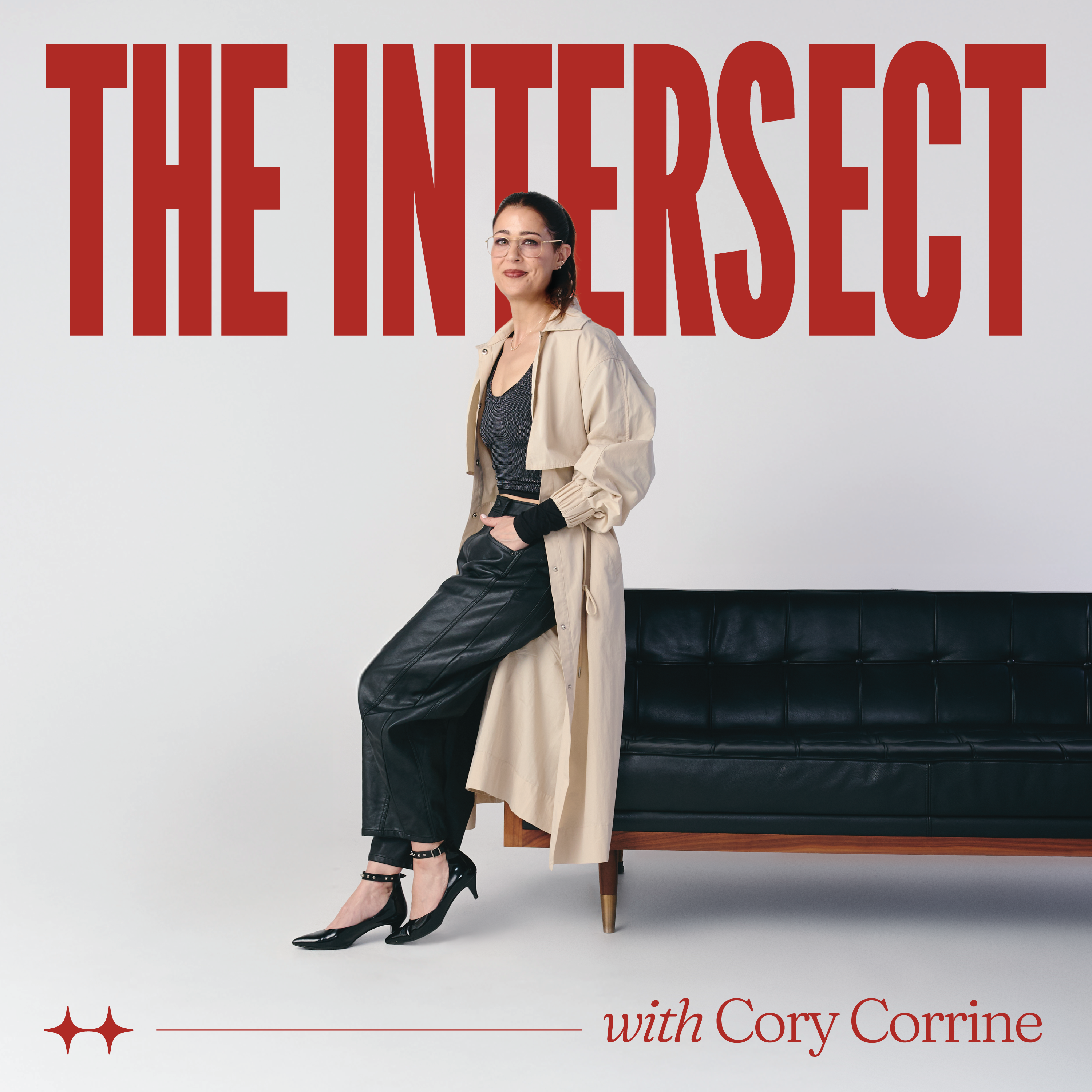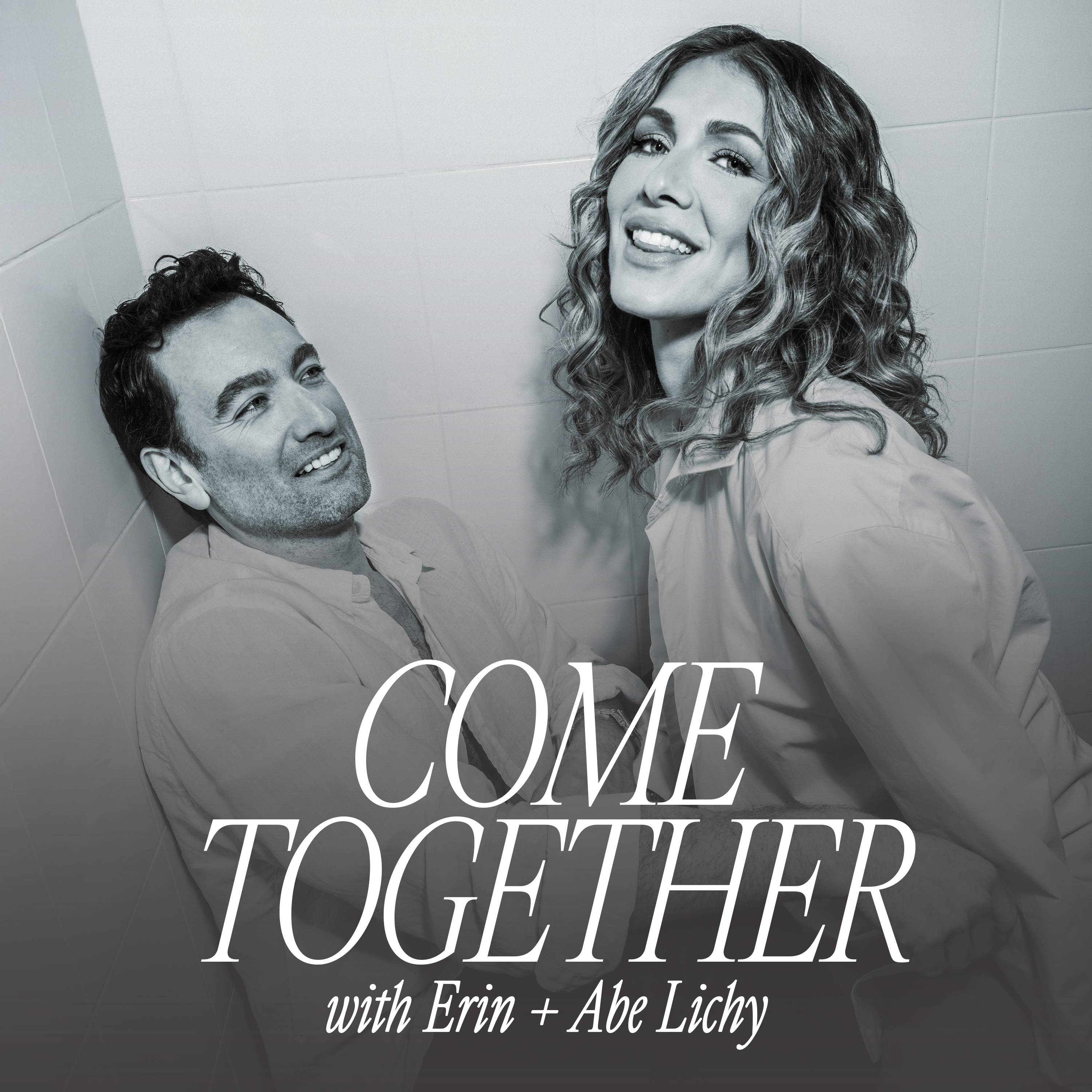The Truth About Trad Wives is an Ugly One

Look, if you want to spend your days raising chickens, birthing babies in bathtubs, and making homemade jam while cosplaying as Laura Ingalls Wilder, that’s your prerogative. But let’s stop pretending that this trade wife trend is just about cottagecore coziness and bread-baking bliss. It’s a movement with deep roots in white supremacy, classism, and heteronormativity—and the sooner we acknowledge that, the better.
“What They Said”
On What We Said, cohosts Jaci Marie and Chelsea Jade dipped their toes into the trad wife discourse by discussing a viral Substack post critiquing “slow life” influencers—you know, the women who film their daily lives homesteading, cooking from scratch, and raising kids off-grid, all while dressed like extras from Little House on the Prairie.
“How slow really is your life if you’re setting up your tripod and filming everything?” Jaci asked, quoting the piece. She acknowledged the hypocrisy of the Substack and quickly added, “That whole narrative is so triggering to me. I hate it.”
Chelsea chimed in with a reminder: “Even if the other person works, that person who stays home is doing a lot of things that aren’t fun… and hard.” Homemaking is real work. It’s not a moral high ground, and it’s not some universal truth.
This isn’t vintage—it’s marketing
The “traditional wife” ideal wasn’t some organic, natural evolution of society—it was a blatant marketing campaign. After World War II, American society faced a massive transition. Women had been holding down jobs, supporting the war effort, and keeping the country functioning while the men were off fighting. But when the soldiers returned home, television executives, advertisers, and policymakers joined forces to push women back into the home. They sold the fantasy of the smiling housewife, apron on, lipstick perfect, and dinner on the table by six. The trad wife public relations strategy told women that fulfillment came from making pot roasts, not paychecks, and told men that their masculinity was rooted in financial dominance.
The statistics tell a different story
However, the numbers paint a much clearer picture of where women were: the Bureau of Labor Statistics noted just 30 percent of women in the U.S. were employed in 1950. By 2000, that number had climbed to 47 percent. And by 2050, a staggering 90 million women are expected to be in the workforce.
Women didn’t abandon domesticity because of feminism or social decay. They left because life is expensive, fulfillment isn’t one-size-fits-all, and many like having careers, autonomy, and a bank account that doesn’t require a husband’s signature to open.
The trad wives fantasy excludes more than it includes
The trad wife fantasy is tailor-made for a particular type of woman: white, cisgender, able-bodied, heterosexual, thin, and financially comfortable.
Everyone else, however, can’t afford that lifestyle: the single mom working two jobs, the queer couple balancing childcare with shift work, and the immigrant woman cleaning someone else’s house so her family can survive. The trad wife aesthetic pretends these women don’t exist, and implies that they’ve failed at “femininity.”
As The New Yorker put it in their breakdown of the movement: “Trad wives may say they’re celebrating femininity, but their vision of womanhood is narrow, exclusive, and deeply nostalgic for a past that was unequal by design.” TIME echoes this, noting that the modern trad wife culture promotes “a sanitized vision of 1950s femininity… that excludes most women.”
The heteronormativity of it all
There’s also the glaring heteronormativity baked into every pie crust of this movement. The trad wife fantasy assumes a cisgender woman and a cisgender man and centers that dynamic as the only valid one. The movement actively pretends queer couples don’t exist, because acknowledging them would mean admitting that relationships can be rooted in mutual respect, emotional labor, and shared responsibility rather than gendered servitude.
Who’s supposed to be the “trad wife” in a relationship between two women? Two men? What about trans and non-binary people? What makes someone “the man” in a relationship? The entire trad wife concept falls apart the moment queerness, nuance, or any dynamic outside the patriarchal binary is introduced.
Let women live how they want
Jaci and Chelsea resisted the toxic idealism behind this movement. “Why can’t we just give people a break?” Jaci asked. “Let women make their jam, post their TikToks, and be good moms at the same time.” She’s right. The problem isn’t individual women choosing to stay home and bake bread—it’s when that choice gets packaged as moral superiority or the “natural” way for all women to live.
“Trad wife” is a modern-day fairytale with better filters and perhaps worse politics. Some women will always be drawn to it, and that’s fine. But let’s at least be honest about what we’re really looking at: a carefully curated fantasy that excludes more people than it includes, built on a foundation of mid-century marketing. And women have the right to lead the lives they want without constant judgment, shame, or scorn, especially from other women.




















Leave a Reply